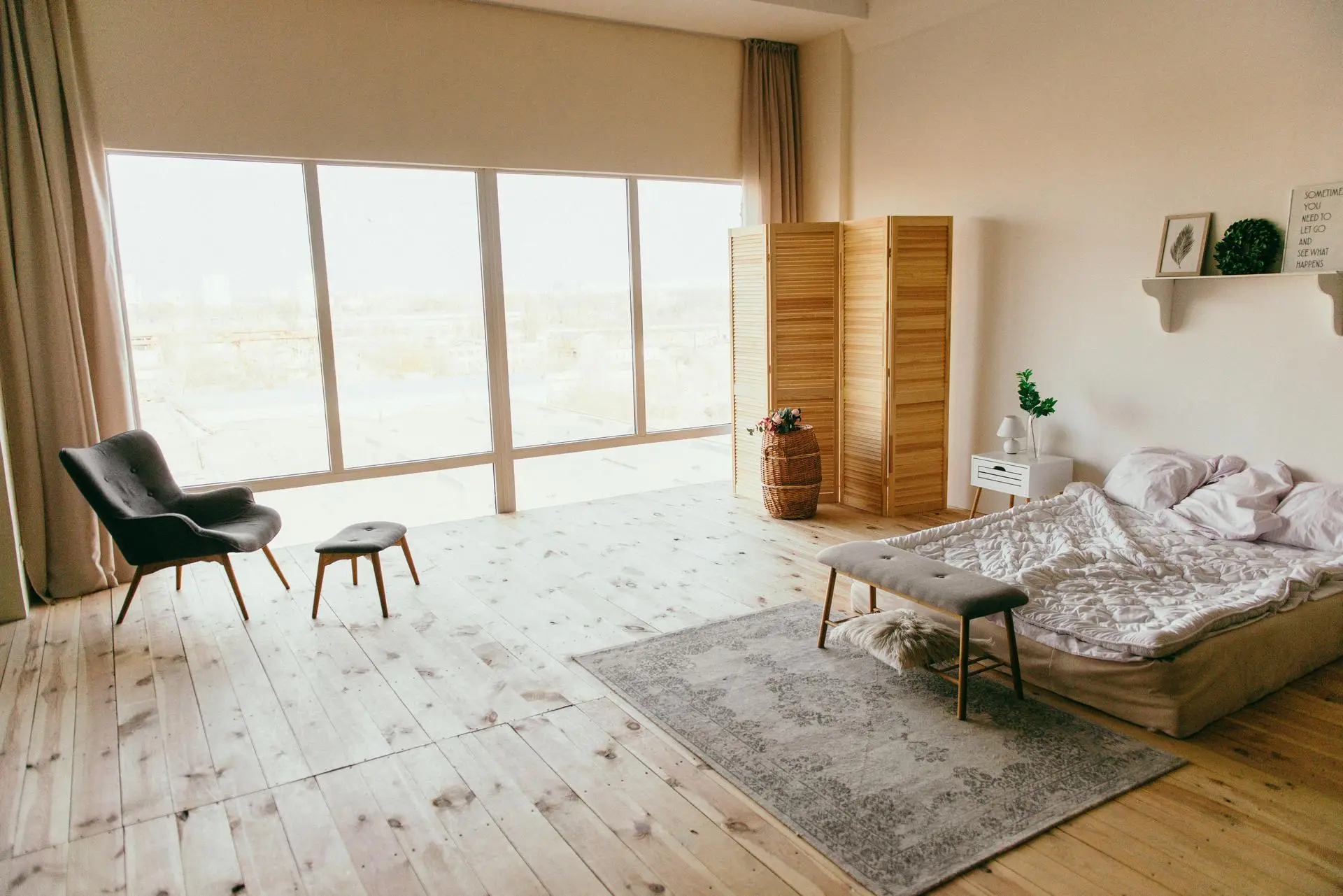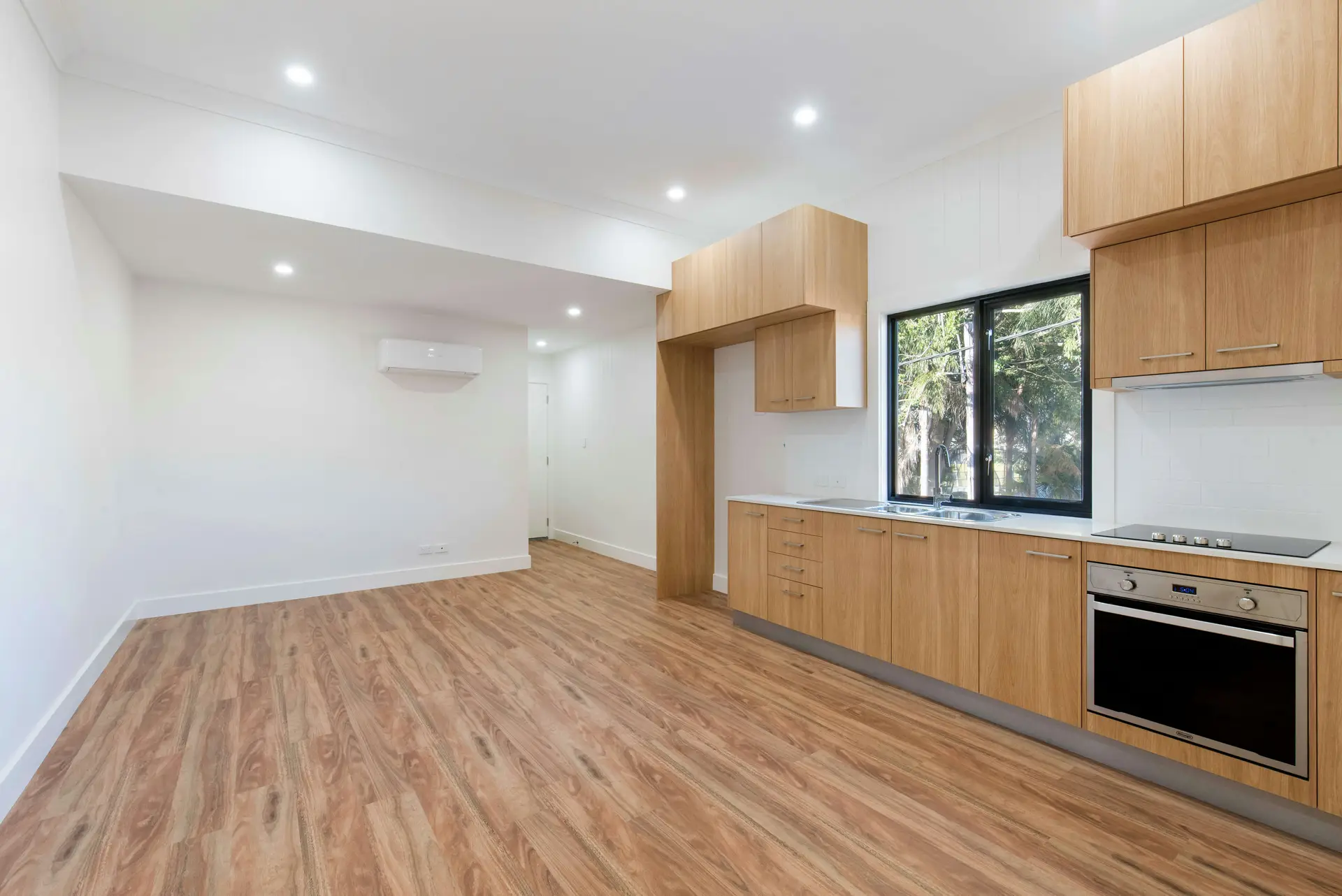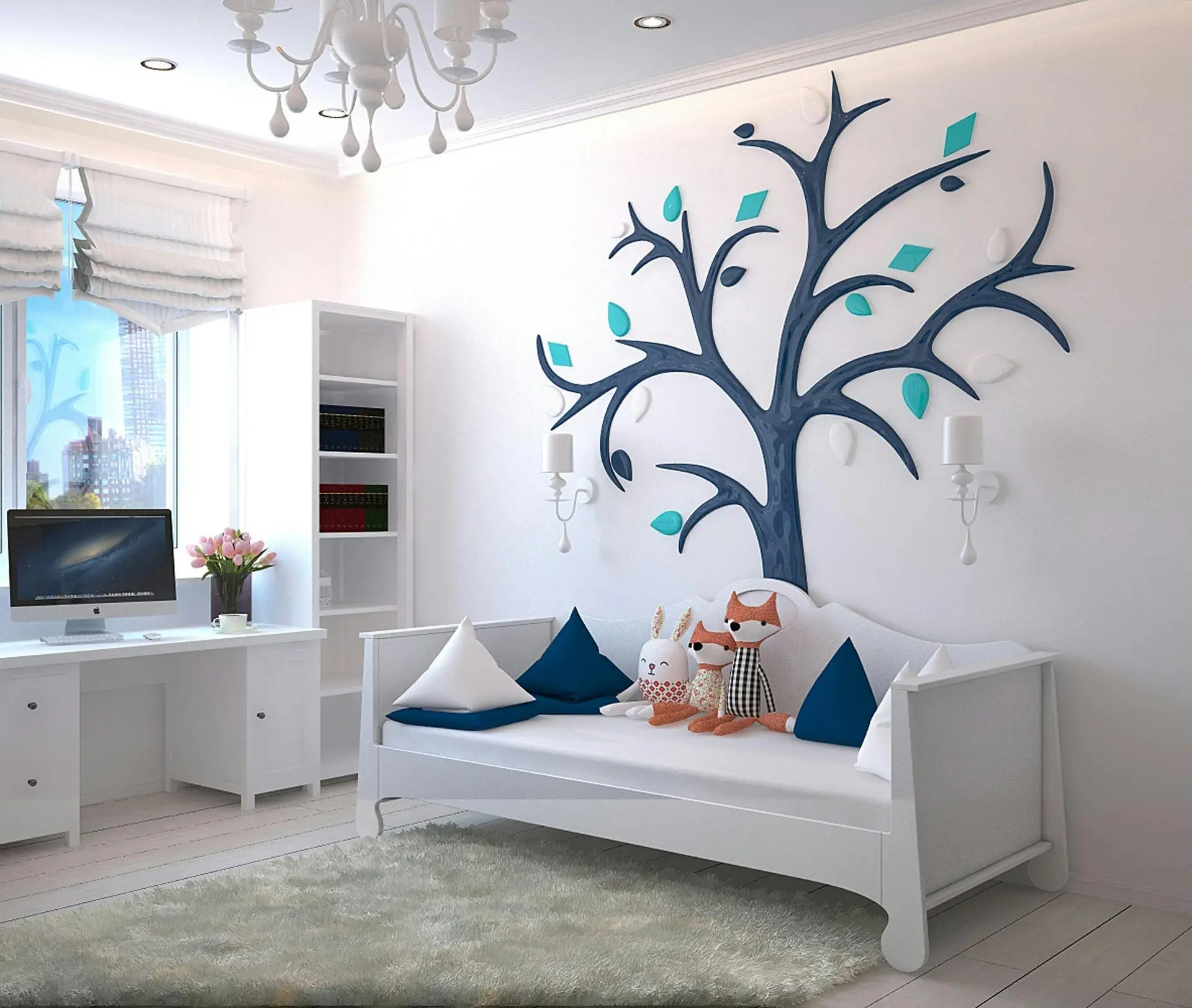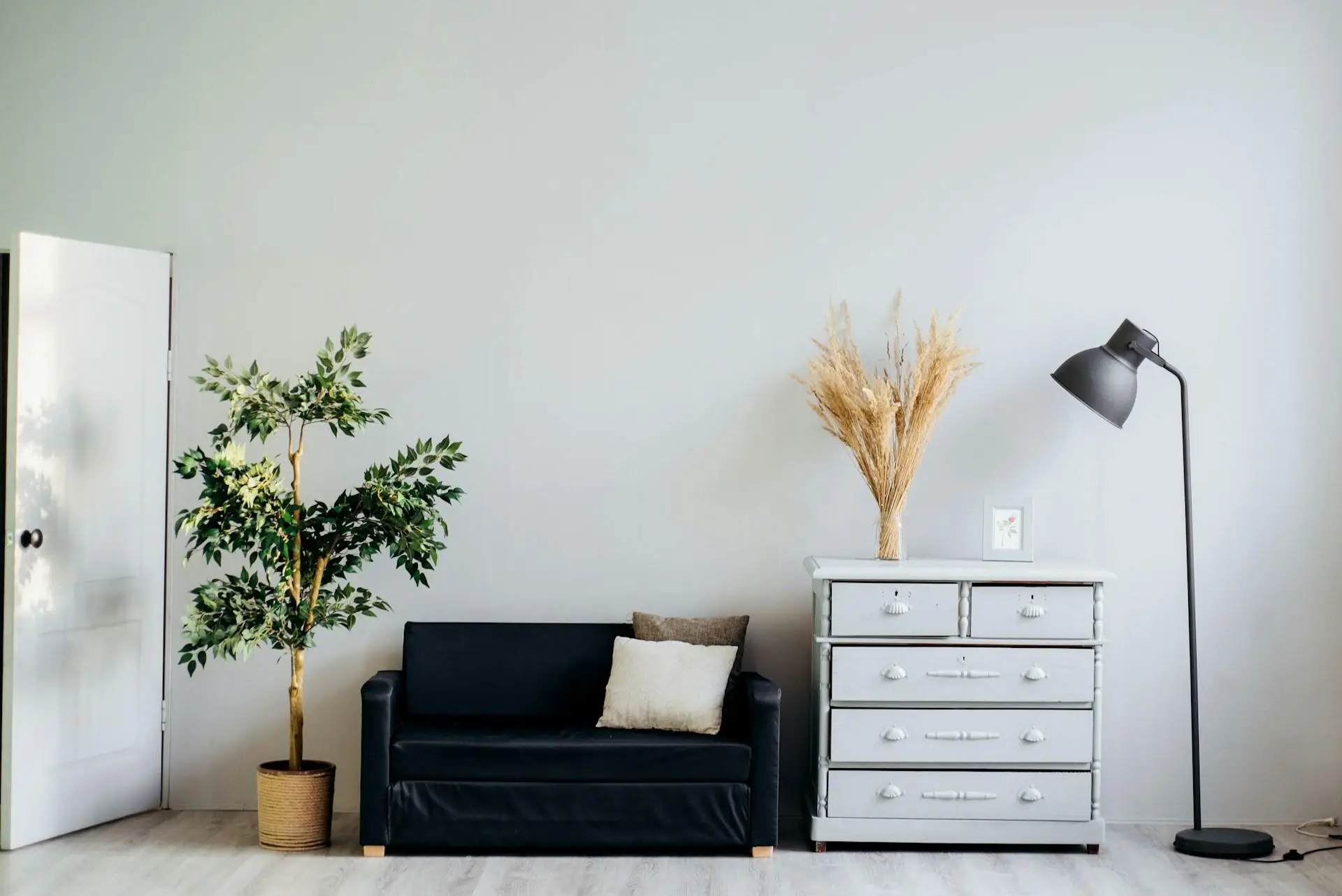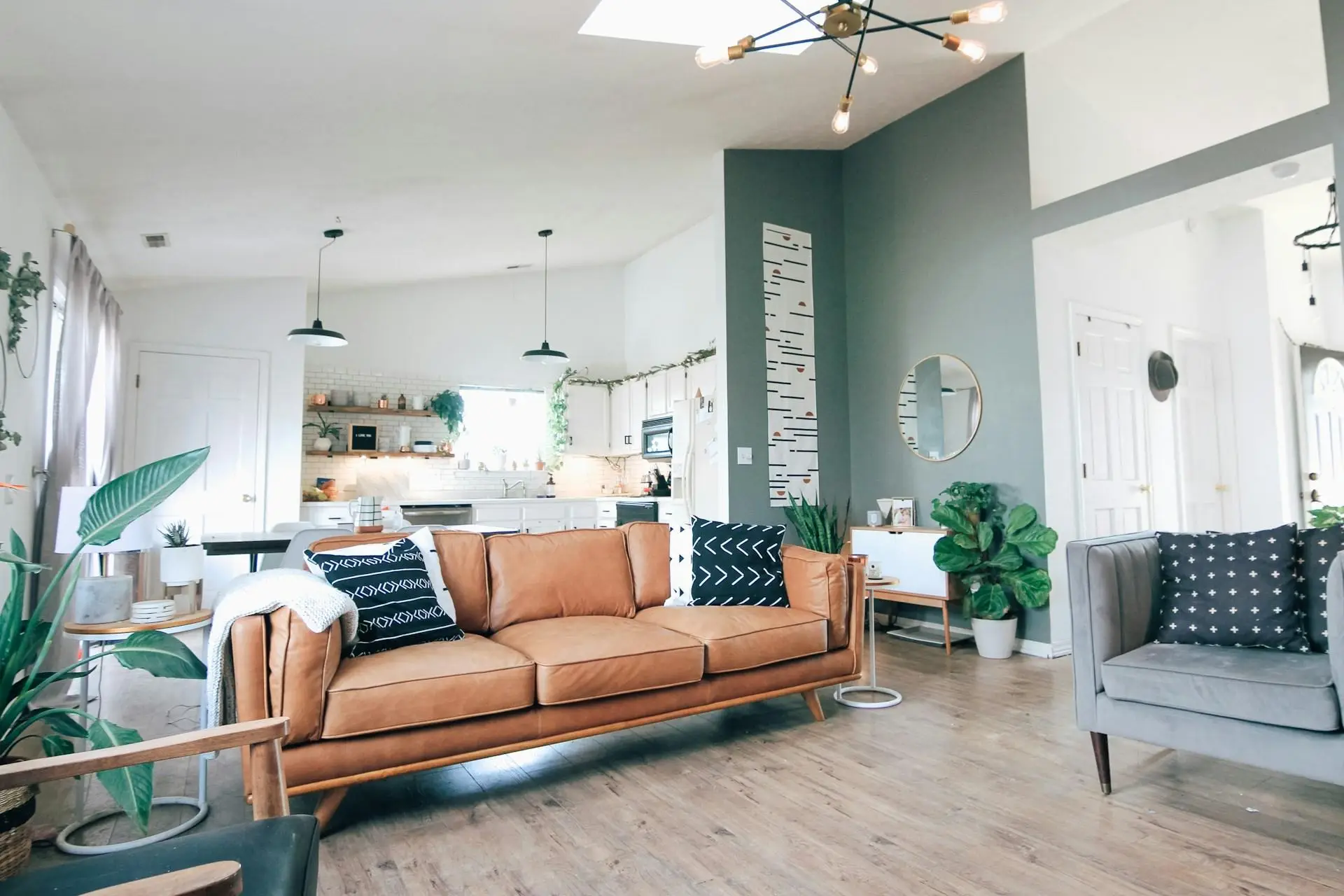In the world of interior design, symmetry has long been considered a hallmark of elegance and balance. However, the surprising comfort of asymmetry is gaining recognition for its ability to add depth, interest, and a unique touch to spaces. This article explores how asymmetry can transform interiors, offering a fresh perspective on design.
Understanding Asymmetry in Design
Asymmetry in design refers to the intentional placement of elements that do not mirror each other. Unlike symmetry, which relies on balance through identical halves, asymmetry creates balance through contrast and variety. This approach can result in dynamic and visually stimulating environments.
The Psychological Appeal of Asymmetry
Asymmetry can evoke a sense of comfort and relaxation. By breaking away from rigid structures, asymmetrical designs often feel more organic and inviting. This can enhance the lived-in feeling of a space, making it more approachable and less formal.
Asymmetry in Furniture Arrangement
One of the simplest ways to incorporate asymmetry into an interior is through furniture arrangement. Placing a sofa off-center or pairing it with mismatched chairs can create a focal point that draws the eye and stimulates conversation. This technique encourages movement around the space, enhancing its functionality and flow.
Asymmetrical Art and Decor
Art and decor offer endless opportunities for asymmetry. A gallery wall with artworks of varying sizes and frames can add a lively, eclectic touch to any room. Similarly, arranging decor items of different heights and shapes on shelves or mantels can create a sense of rhythm and spontaneity.
Lighting with an Asymmetrical Twist
Lighting is a powerful tool in interior design, and asymmetrical lighting arrangements can add drama and intrigue. Consider using pendant lights at different heights or varying the styles of table lamps to create an unexpected yet harmonious effect. This approach not only enhances the aesthetic appeal but also improves the functionality of the space.
Textures and Patterns: A Play of Asymmetry
Textures and patterns can be used to introduce asymmetry subtly or boldly. Mixing different textures, such as combining a smooth leather sofa with a chunky knit throw, adds visual interest and depth. Patterns, whether on rugs, wallpapers, or fabrics, can be layered in an asymmetrical fashion to create a vibrant and cohesive look.
Asymmetry in Color Schemes
Color can be used asymmetrically to great effect. Instead of sticking to a uniform color palette, try introducing unexpected pops of color through accessories or accent walls. This approach can energize a space and highlight specific areas, drawing attention to architectural features or beloved pieces of furniture.
Asymmetry in Outdoor Spaces
The concept of asymmetry extends beyond the interior to outdoor spaces as well. Landscaping with varied plant heights and colors, or arranging patio furniture in non-linear configurations, can create a natural and inviting garden or patio area. This approach encourages exploration and interaction with the environment.
Achieving Balance through Asymmetry
While asymmetry may seem chaotic, it requires a thoughtful approach to achieve balance. Successful asymmetrical designs often rely on a focal point, such as a statement piece of furniture or artwork, around which other elements are arranged. This creates a cohesive look that feels intentional rather than haphazard.
Conclusion: The Allure of Asymmetry
Embracing asymmetry in interior design offers a refreshing departure from traditional rules. By integrating asymmetrical elements, designers can create spaces that are not only visually appealing but also comfortable and livable. Whether through furniture, art, lighting, or color, asymmetry provides an opportunity to express individuality and creativity, making each space truly unique.
The surprising comfort of asymmetry in design lies in its ability to break boundaries and foster a sense of freedom and authenticity. For those seeking to create interiors that reflect their personality and lifestyle, asymmetry offers a path less traveled but richly rewarding.

